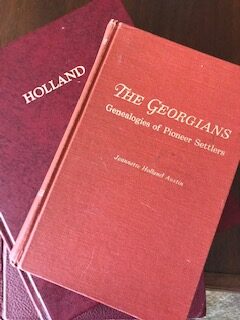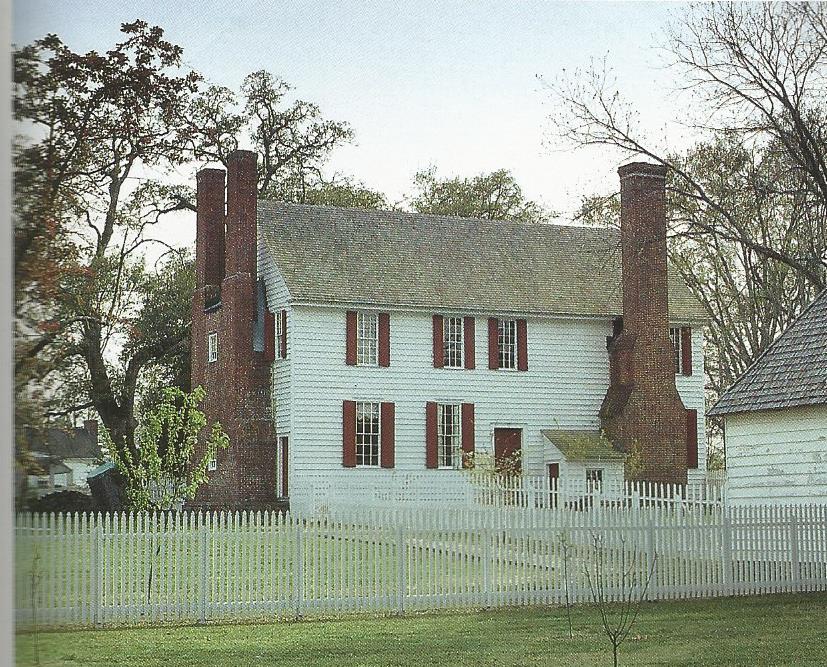Beaufort County Wills and other County Records Available to Members of North Carolina Pioneers.
Miscellaneous Wills
- Williams, Thomas, LWT dated 1793
- Index to Wills 1720 to 1842
Images of Beaufort County Wills 1720 to 1775
Abbott, William | Adams, Anna | Adams, James | Adams, John | Alderson, John | Allen, Timothy | Becton, Richard | Belote, Hillery | Bright, John | Bright, Richard | Buckingham, Stephen | Campain, Joseph | Campen, Joram | Cannon, Sarah | Chauncy, Walley | Clement, Thomas | Conlanike, Michael | Conner, Phillip | Cooper, Daniel | Coyler, Cornelius | Crawford, Ann | Crawford, Charles | Davis, John | Delvent, John | Doe, Edward | Eckols, John | Evitts, Walter | Flannikin, James | Floyd, Griffin | Forman, Willis | Fortner, James | Fripp, John | Fulinton, Andrew | Harfoot, Robert | Harrison, Thomas | Herinton, James | Hollon, Richard | Horton, Jesse Sr. | Jacken, David | Jackson, John | Jasper, John | Jewell, Thomas | Jones, Josias | Jones, Walter | Jordan, John | Joyner, Israel | Keech, John | Kelley, Matthew | Leigh, James | Lewis, Griffith | Lockey, Cele | Mays, William | McKeel, Thomas | McMath, Robert | McNaire, Charles | Mills, John Sr. | Newton, Francis | Odean, Charles | Odean, Elizabeth | Odean, John | Palmer, John | Pearce, Edmond | Perkins, James | Peyton, Benjamin | Peyton, Eleanor | Phillips, William | Pindar, William | Pritchett, James | Pritchett, Peter | Rigney, Hanah | Rigney, James | Roe, Sarah | Shute, Phillip | Slade, James | Slade, Joseph | Smith, Charles | Squire, John | Taylor, Samuel | Tindel, John | Tripp, John | Underwood, Thomas | Wall, James | Wallis, Jonathan | Welch, Mathew | Whitehurst, Josias | Williams, Thomas
Revolutionary War
- 1779 Revolutionary War Fort for Deserters
Critical Help for the Genealogist
When researching probate records, do you also search the ” vouchers?” This search is singly more important than anything else because the vouchers are “receipts”s; from heirs and other interested persons. Every male name should be examined in the marriage records to determine how or if he was related to one or more of the daughters. While visiting the family burial plot, it is wise to write down the names of adjoining plots, in the event those names appear later. One may not always find a book of vouchers because sometimes miscellaneous records were contained in folders and designated as ” Loose Estates.” No stone should be left unturned for anything and everything concerning the demise of your ancestor.
Beaufort County Genealogy, Wills, Estates
Indians were in the territory by the 1650s, with two Indian tribes, the Secotan Confederation and the Pomouik Nation (called Pamlico). The first white settlers were traders who resided along the Pamlico River, some of whom took Indian wives and learned the language. The area was named Pamtecough County in 1705. The name was changed in 1712. The town of Bath was the first county seat.
4 Big Things Genealogists Need to Remember
By Jeannette Holland Austin
Your ancestor may not have left a last will and testament, however, the estate may be recorded at the courthouse. After death, an administrator was appointed, inventory was made, and other records began to accumulate. Of most important note is the Annual Return which was filed every year until the last heir was paid. The first return records payments to funeral directors and miscellaneous expenses leading to the funeral.
Postage is even purchased where relatives from other areas were contacted. If you think is trivial, take note of where the letter was sent. This is your First Big Clue of other places to search. The name listed on the annual returns and the amounts should be carefully gone over because they were neighbors who owed your ancestor debts, or relatives being reimbursed for a number of interesting items. Eventually, there is a substantial amount listed beside a name.

That is the Second Big Clue. This is a payment to an heir. All heirs are not paid at once or listed on the same page. There is property to be sold which is not necessarily the home place, but rather additional farms, and is listed on the inventory of the estate, the acreage, and the name of the county. That is the Third Big Clue about where to search next. One continues year after year with the examination of the Annual Returns. Surnames other than that of the ancestor appear on each page. That is the Fourth Big Clue. Each name should be carefully examined and determined whether or not it was a friend or an in-law. To learn the latter, go to the county records and determine if that person was married to one of the daughters. Married daughters could not inherit in her name: it has to go to their husband who was responsible for their legal affairs!
Genealogists Search Many States
All of a person’s ancestors did not reside in one State. After coming to this country, they moved around with great regularity. That is because the land was so important to survival. The habit of allowing fields to remain fallow for two years or more was helpful, but not enough. A good rich, loamy soil was required to sustain generations of families. In Virginia, it was tobacco that quickly depleted the soil, and soon after the American Revolution, families were on the move. Genealogists, look to the land grants of these soldiers (for service) and subsequent land lotteries in Georgia. Many families drew and won land in the lotteries, according to the number of persons in the family. That is why it is important to examine Tax Digests, which list the number of acres and the county. We trace the movement of our ancestors through deed records, tax digests, land grants, and lotteries. As families moved along, it becomes necessary to examine the county records everywhere that they resided. This is where marriage records were recorded, deeds given, and estates probated. Also, a close examination of local cemeteries and churches is indicated. Why? Because burial records and church registers also tell the story. Georgia Pioneers has a vast collection of county records and includes the states of Alabama, Georgia, Kentucky, North Carolina, South Carolina, Tennessee, and Virginia. It is easy to search from one state to the next using the same portal.

The Palmer-Marsh House in Bath
The Georgian two-story frame house was constructed ca 1744. It was the residence of Colonel Robert Palmer, a surveyor and later customs officer in Bath. It has the unusual feature of a double brick chimney seventeen feet wide at its base and four feet thick, with two windows in the brick wall between the flues.